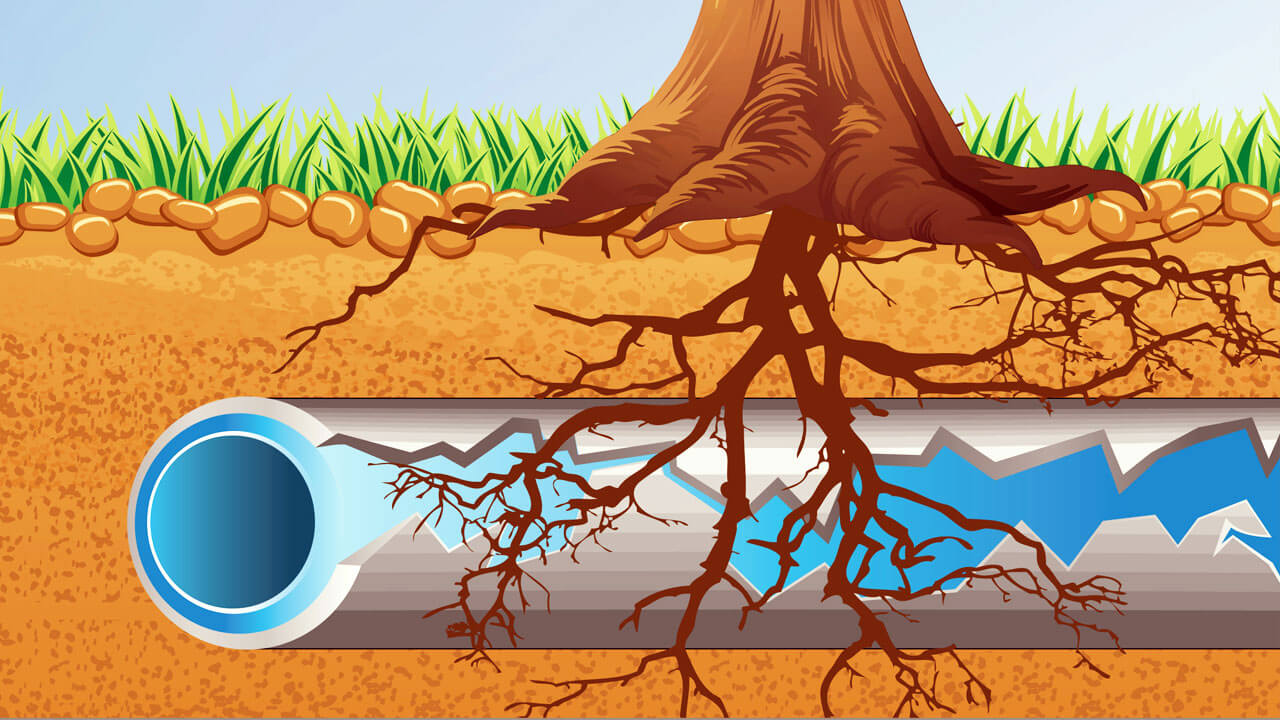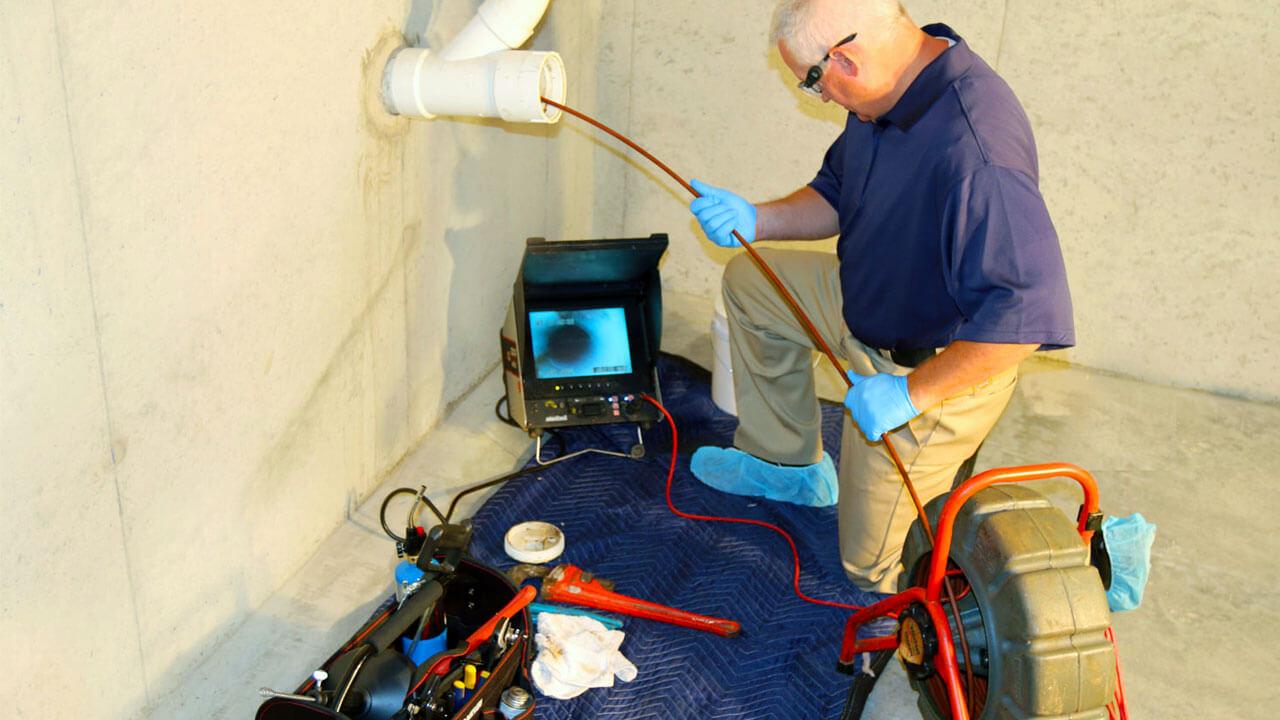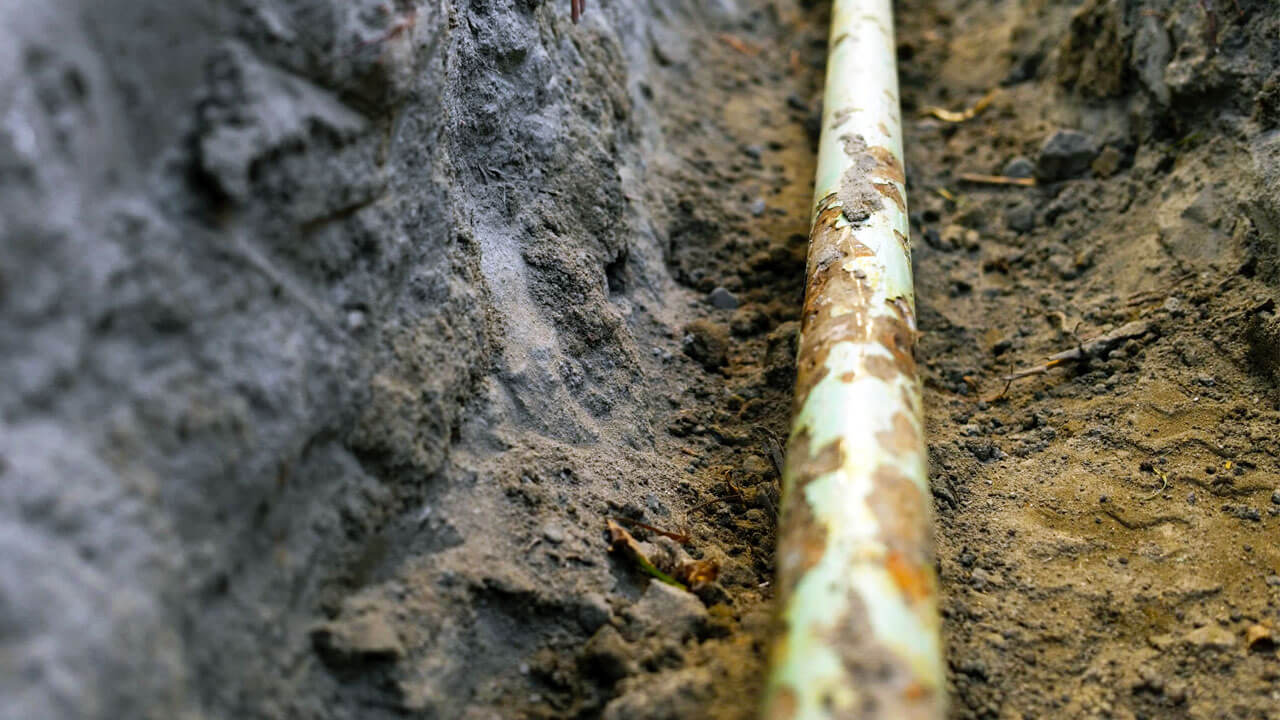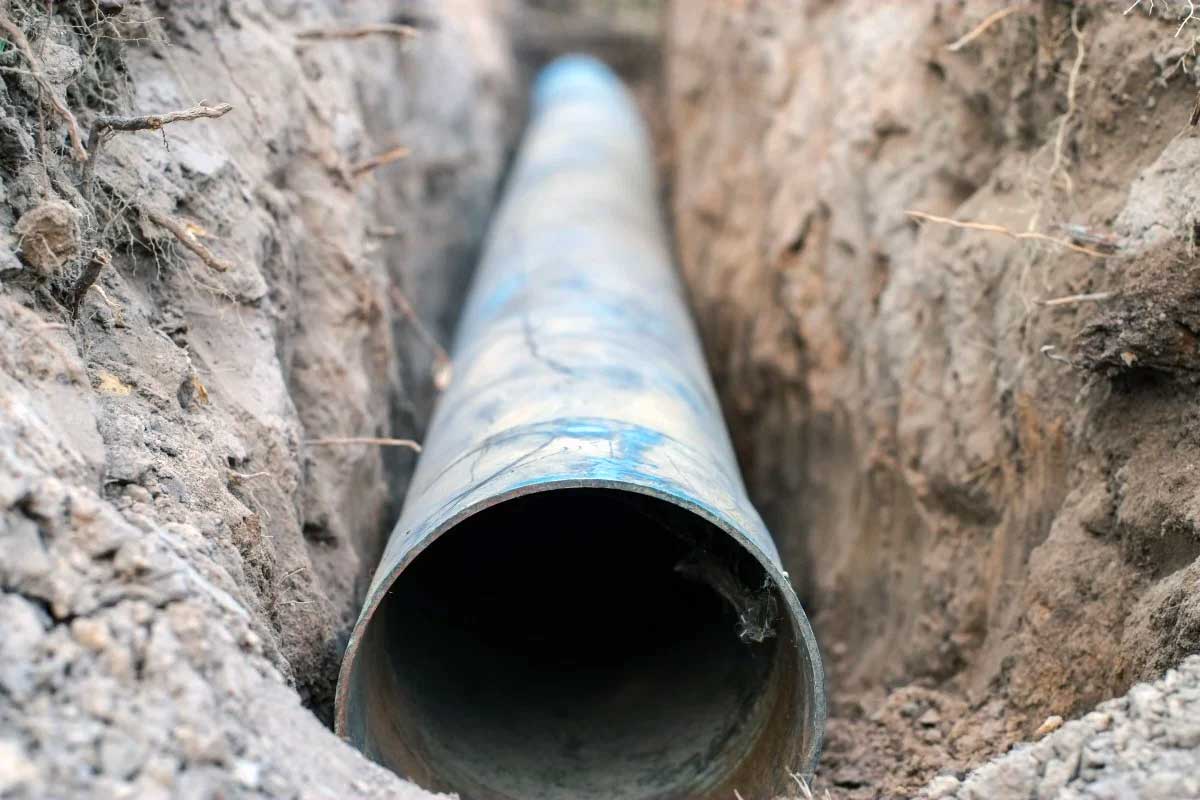If gurgling pipe noises or a blocked drain has given you sleepless nights, your sewer line may require more than just a DIY fix.
The bathroom and the kitchen are two essential rooms in any household. Both of these are connected to the main sewer and drain pipe. So, naturally, your pipes get older and become more prone to damage as time goes by.
If not treated at the right time with the right remedy, a broken pipe or a blocked drain can cause significant plumbing issues. That’s when you should consider a pipe relining or a complete replacement.
Although both methods are performed differently and require various tools, both effectively fix and prevent plumbing problems in the future. But which one of the two is the right solution for you?
This depends on the severity of pipe damage, the age of your house/ sewer pipes/ drain system, and your budget. To help you make an informed choice, we’ve compiled the pros and cons of pipe relining and replacement and explained the process, cost, and results in detail.
Let’s get started.
Pipe Relining Vs. Replacement
What Is Pipe Relining?
Pipe relining is reinforcing the interior of a broken or damaged pipe. If the pipes are not too old and you want to steer clear of the messy digging process, you can opt for a pipe relining service.

The plumber creates a new layer within the existing pipe, sealing the cracks and other structural defects. A pipe relining job also helps prevent plumbing damage from recurring.
Pipe Relining Process
Although the steps to relining pipes may differ across various plumbing companies, most use resin to form the newer interior pipe. Let’s look at how most plumbers conduct a professional pipe relining job.
Step 1: Inspection And Measurement
With the help of CCTV drain cameras, plumbers check the pipes and drainage system to pinpoint any cracks, blockages, etc. This step is required to identify the cause and location of damage, allowing experts to find the solution that works best for your pipes.
Then the old pipe is measured accurately to determine the size of the new lining.
Step 2: Creating A Pipe Lining
According to the measurements, the plumbers construct a pipe liner and bladder that mimics every nook and cranny of your existing pipe.
Step 3: Installing The Pipe Relining
Next, the pipe liner is dipped in epoxy resin while the bladder is inserted. Each end of the liner is attached to a rope, which helps adjust its position. This method eliminates digging or excavation, ensuring you get a brand-new pipe minus the mess. Also, a CCTV drain camera is used to ensure the accurate placement of the pipe liner.
Then the bladder is inflated, which further expands the liner and seals it to the old pipe walls. Once the resin is cured, the bladder is deflated and removed from the pipe.
Step 4: Testing And Inspection
Lastly, another round of CCTV inspection is conducted to check the condition of the renewed pipe.

Advantages Of Pipe Relining
1. Effective And Durable
In some cases, pipe relining promises better results than its traditional counterpart, i.e., pipe replacement. This is because, in this method, you get a double-layered strengthened pipe with half the effort, time, and money. On the other hand, the plumber indulges in digging and dismantling for a pipe replacement, which can get rather inconvenient in residential areas.
2. Saves Time
Adding to the previous point, since pipe relining uses modern techniques and equipment, you save a lot of time. Some relining projects can be completed within a day.
3. Cost-effective
Opting for pipe relining work can save on repair and maintenance bills as the procedure is not as labour-intensive as a replacement job. Since you will still be using the old pipe, you will not be charged for anything new.
4. No Mess
Unlike replacement, relining does not cause any damage to your backyard and property. And most of the time, it requires no clean-up after the process. What a relief!
5. Prevents Potential Damage
If you want to take preventive measures beforehand to keep plumbing issues at bay, pipe relining is your best bet. Even if you don’t face any problems with your sewer pipes or drains, there is no harm in getting your pipes relined to prevent blockage by tree roots, avoid cracks and leaks due to old concrete pipe walls, etc.
Disadvantages Of Pipe Relining
1. Pipe Material And Size Limitations
Some plumbers start the pipe relining project using a hydro-jet to clean the existing pipes and remove debris and obstacles. Thus, this method is unsuitable for pipe repair if your pipes are made of weak materials like Orangeburg or fibre conduit.
Additionally, relining old pipes can decrease the internal diameter, albeit minimal. However, if your pipe dimensions are already small, relining can increase the chances of blocked drains.
2. Not Suitable For Critical Structural Damage
Despite being an effective solution for many, there are some cases when pipe relining is not viable.
Since pipe relining relies mainly on the condition of the existing pipe, there are some plumbing problems that it cannot fix. For example, if your pipe has been blocked by tree roots, deformed by shifting soil, or damaged by rust, you should consider getting a pipe replacement instead.
What Is Pipe Replacement?
As the name suggests, this plumbing method removes the existing pipes and replaces them with a new piping system. Pipe replacement is usually the last straw and is performed when the pipe is critically damaged or too old to be relined.

Pipe Replacement Process
Like the previous method, pipe replacement also starts with thoroughly inspecting the existing pipeline. Since it is a long and physically demanding procedure, plumbers take their time analysing the problems and creating the most effective plan of action. Plus, they might ask you to clear certain areas and disconnect electronics to prepare the site.
Step 1: Covering The Area
Pipe replacement involves a lot of excavation, so prepare yourself for the mess! The plumbers will also help you by covering the surrounding area with protective plastic sheets.
Step 2: Dismantling Walls And Installing New Pipes
The next step involves taking apart the walls to install new pipes. Each drywall piece is carefully cut open to make holes for the new pipes and fixtures.
Step 3: Matching Paint And Textures
Once the new pipes are installed, it’s time for new walls. Starting with a coat of Sheetrock mud, you can choose the paint and textures for the final touch-up. After the final coat, the plumbers will look into finishing faults, if any.
Advantages Of Pipe Replacement
1. Best Solution For Tree Root Damage
Sewer pipe deterrents like tree roots, corrosion, etc., can cause significant destruction to your property and cause health problems due to potential mould infestations. In such cases, nothing beats the safety and effectiveness of a traditional replacement. Hence, to ensure the structural integrity of your property and the excellent health of your family, it’s best to replace the damaged pipes.
2. Increase Pipe Life Span
Depending on the material used, a professional replacement job can ensure a life span of 50 years. With advanced technology and techniques used by plumbers having years of experience, you can get your plumbing issues repaired once and for all.
3. Trenchless Pipe Replacement Saves Time And Effort
If you opt for the trenchless method, the labour is significantly reduced, decreasing the total pipe relining cost. Many modern line replacement techniques may get completed within a day.
Disadvantages Of Pipe Replacement
1. Expensive
When compared to pipe relining, a pipe replacement can cost a bomb! Plumbing companies usually calculate the total excavation costs, replacement of damaged pipes, and more. However, your life expectancy makes the service worth the time, effort, and money.
Cost Of Pipe Relining Vs. Replacement
Most sewer pipe relining projects can cost around $2300 for the first meter, then $300 – $350 per additional meter. On the other hand, the cost of pipe repair or replacements typically starts from $2500 with no defined upper limit as it depends on multiple factors.

Pipe Relining Vs. Replacement- Which Plumbing Service Is Better?
Plumbing issues are best treated early to avoid irreparable damage to your property and health. Thus, we highly recommend calling a specialist as and when required. Regular inspection and maintenance can help reduce overall repair costs in the future.
Both relining and replacing both effectively repair pipes. As you can see, the winner of this never-ending debate varies with every situation. Multiple factors work together to determine the best fix for your plumbing problems.
But, if you’re still confused about which pipe repair method to opt for, we’d like to reiterate one significant difference. Remember — relining is suitable for damaged pipes, while pipe replacement is the only fix for distorted or broken pipes.
Contact us to learn about pipe relining in Sydney or speak to a professional about pipe repair! Our expert team are the experts in pipe relining solutions in Sydney!
